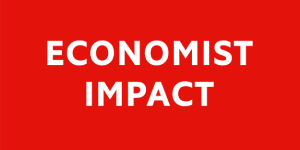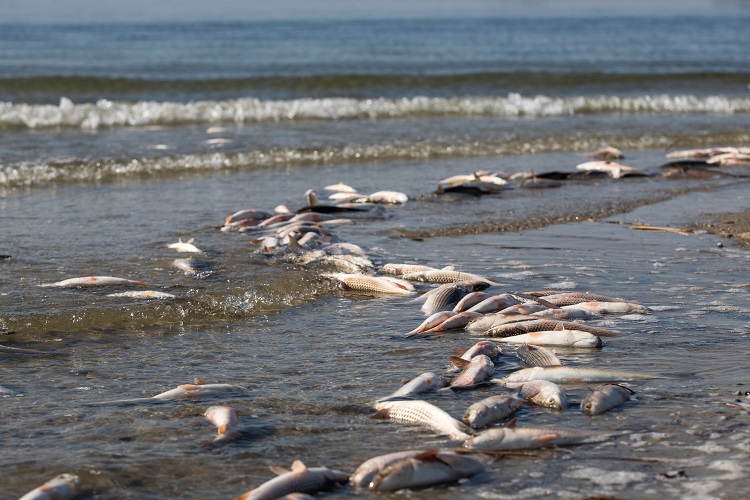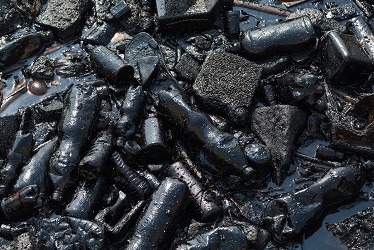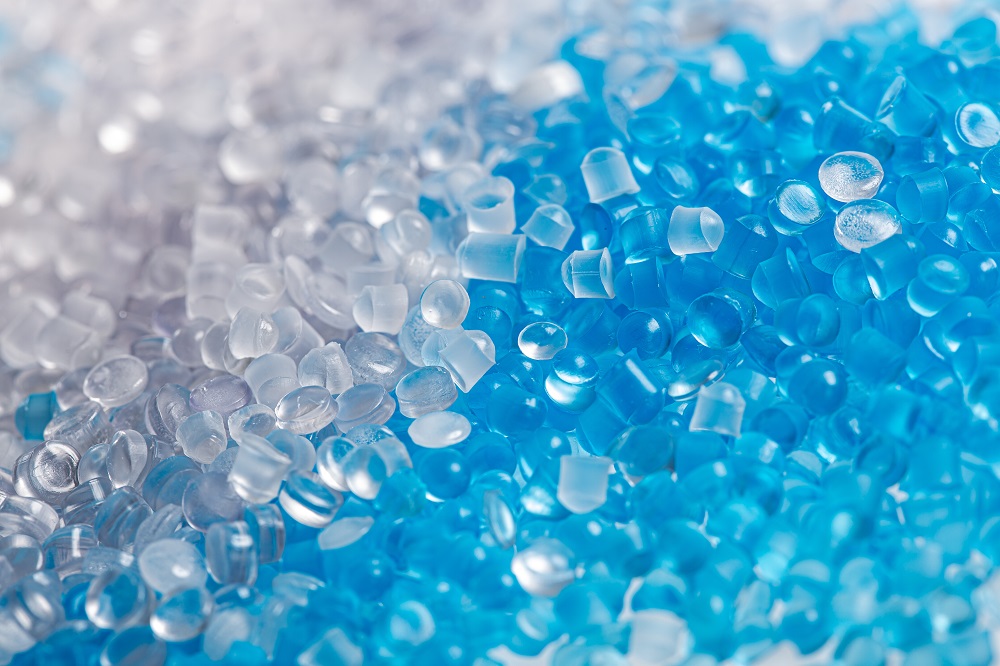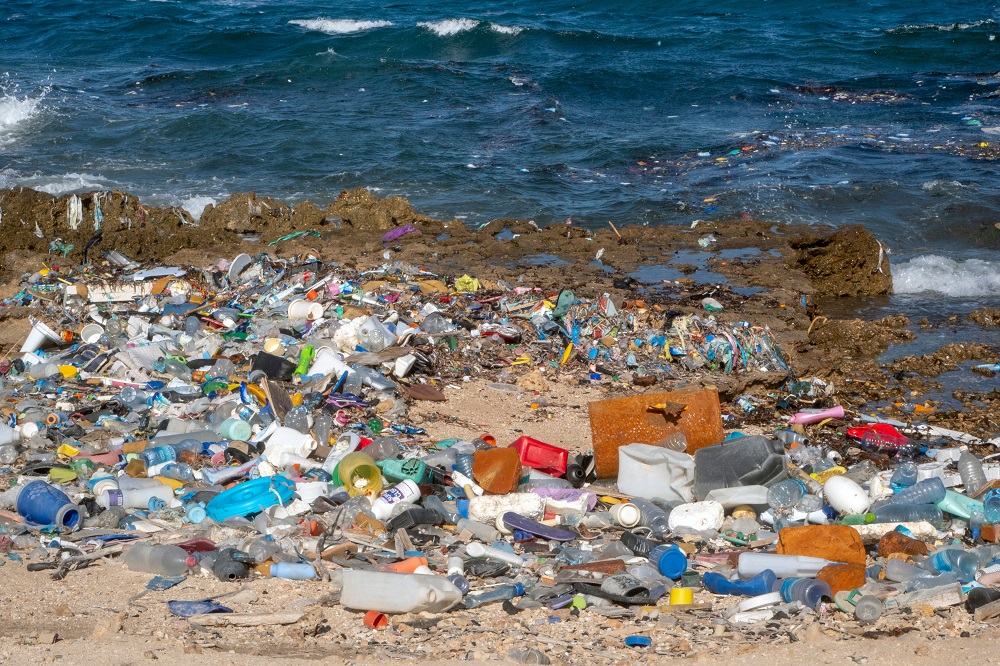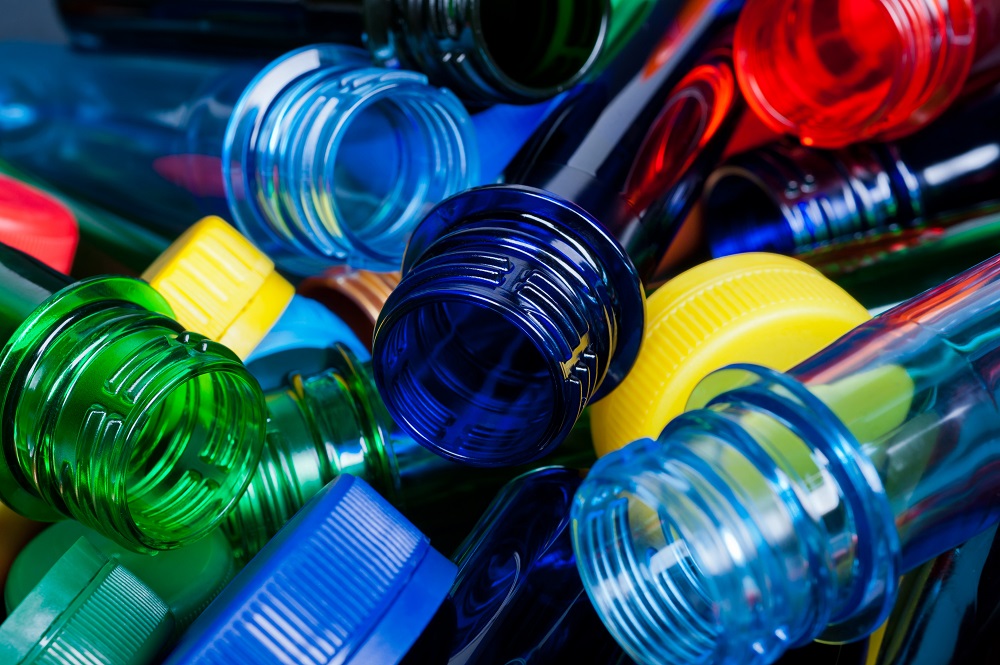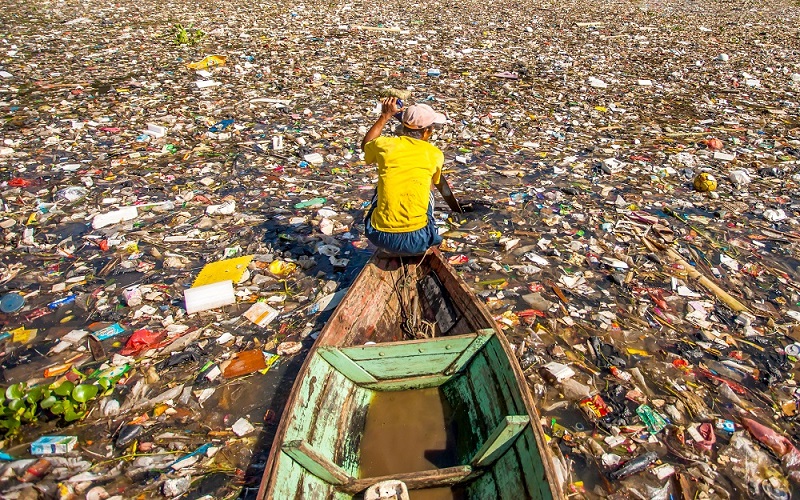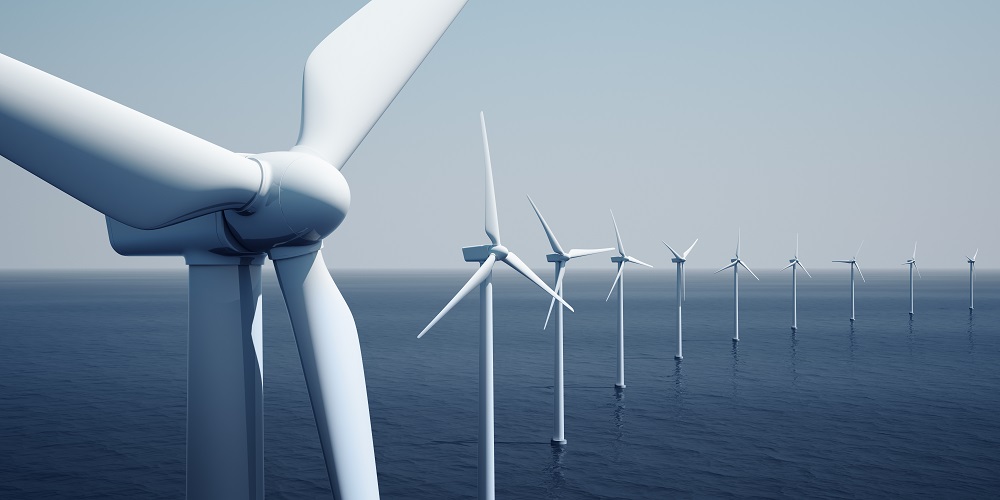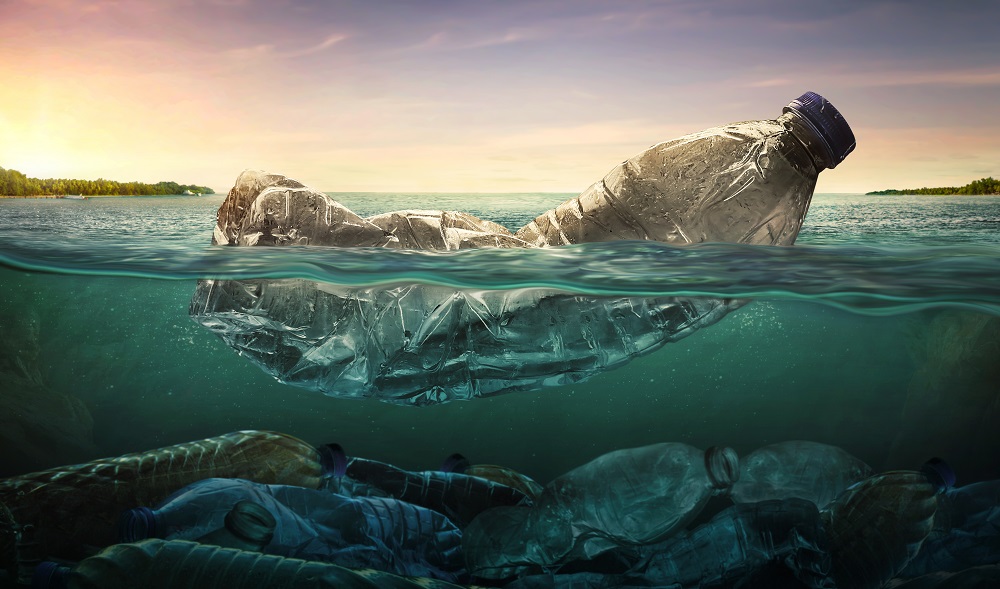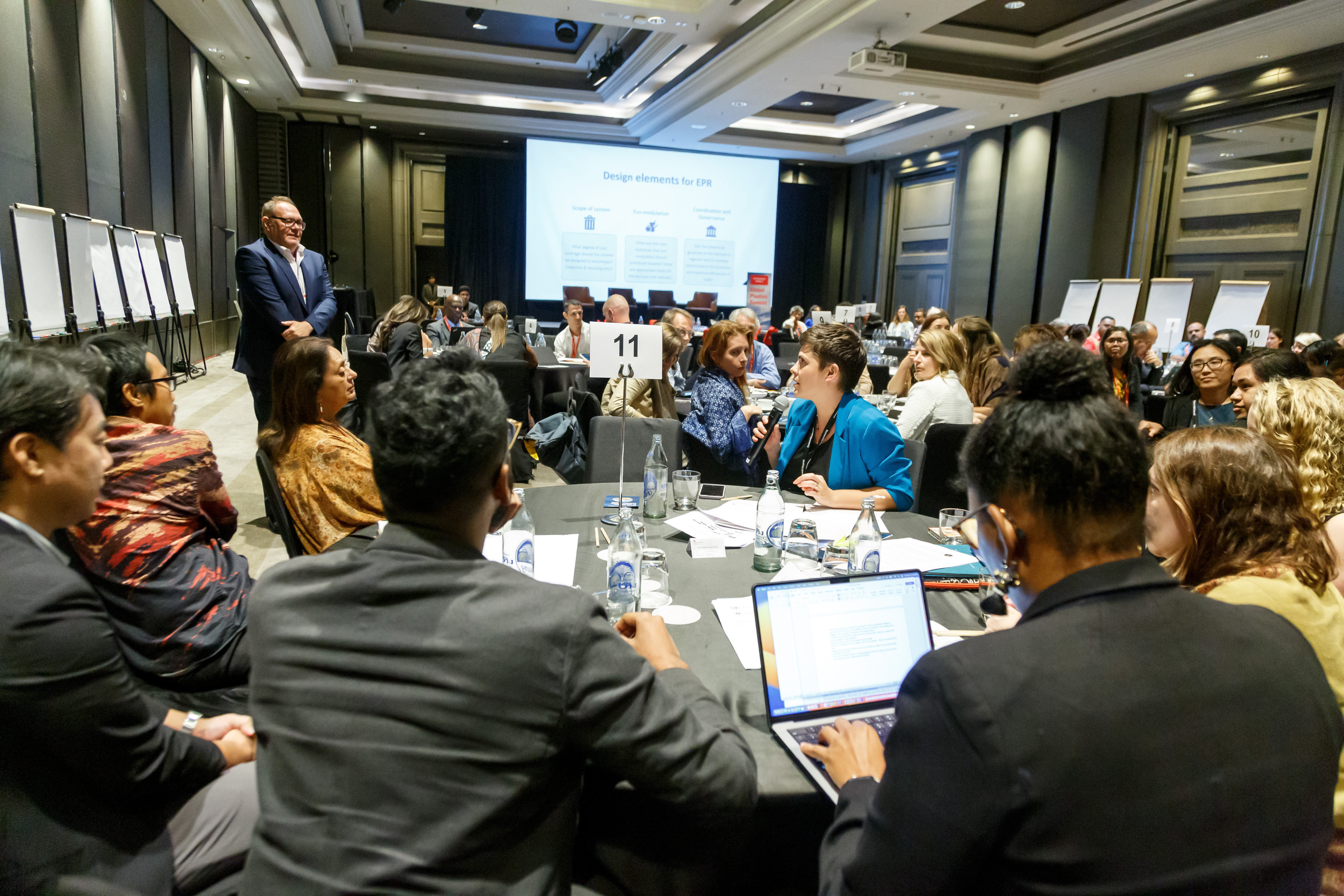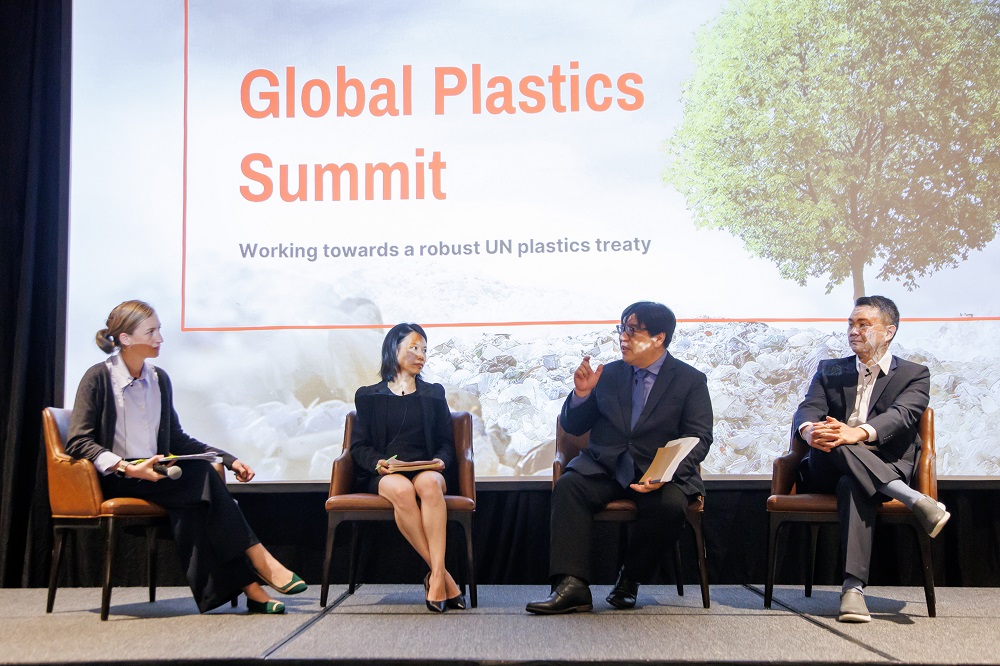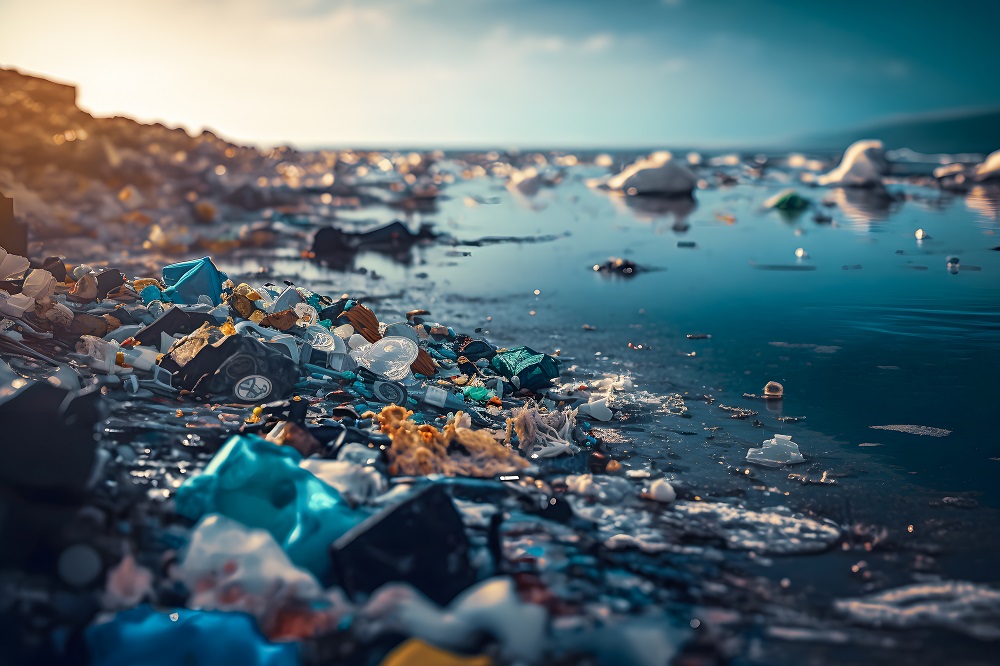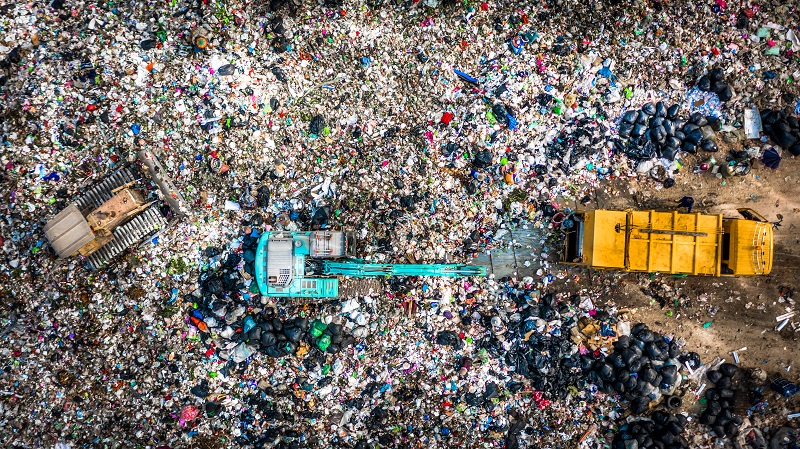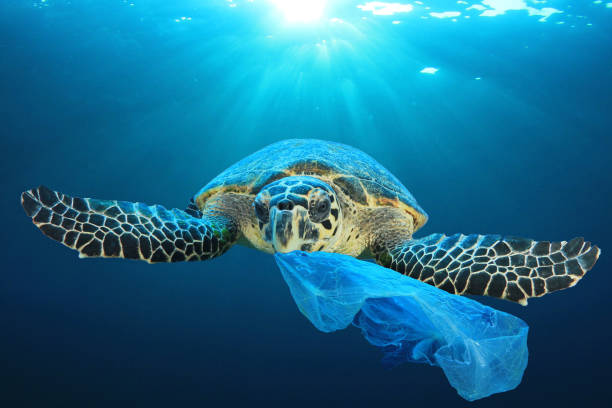AFFILIATED CONTENT
This article is written by Therese Karlsson, Ph.D., Science and Technical Advisor for the International Pollutants Elimination Network (IPEN)
Around 8 million tons of plastics enter the oceans every year. Beyond the visible litter lurks a growing invisible crisis of toxic chemicals, and studies show that these chemicals are spreading into every nook and cranny of our oceans, food and bodies.
To best understand the challenge, one needs to understand what plastics are. Essentially plastics are materials made from carbon (fossil fuels) and chemicals. Recently a team of scientists investigated chemicals used in plastics and found over 10,000 substances.* Of those, over 2,400 were identified as substances of concern that could pose serious health threats, with potential links to reproductive problems and infertility, hormone disruption, obesity and breast cancer, among others. Many chemicals in plastics are very persistent, meaning that we are leaving a toxic legacy for generations to come. Among the chemicals of concern, the authors identified 1,646 used in plastics that are very toxic to the aquatic environment and another 89 that are harmful or toxic to the aquatic environment.
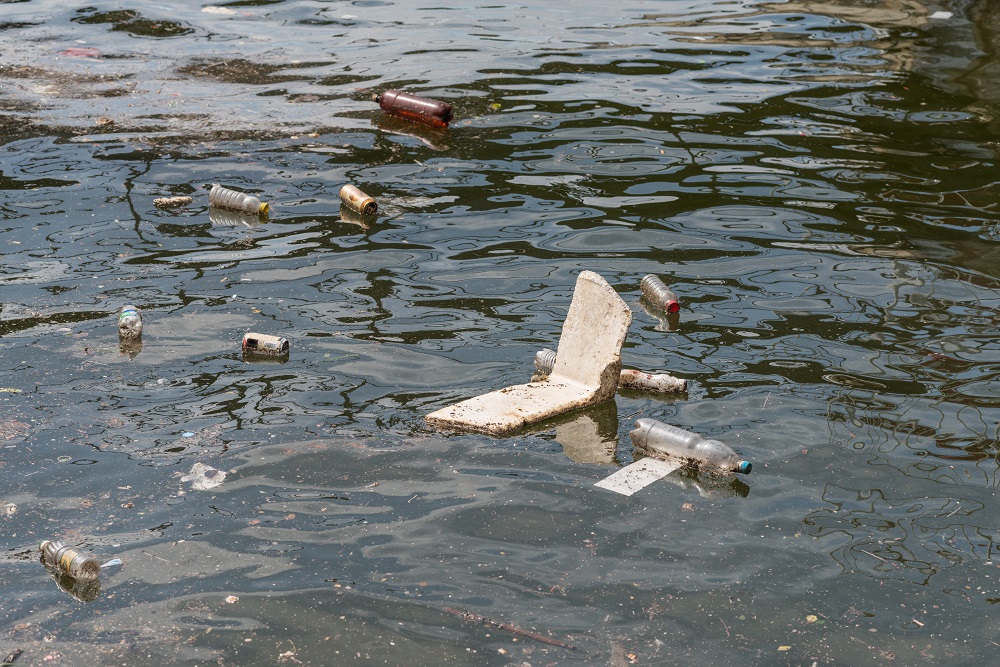
The International Pollutants Elimination Network (IPEN) has looked at toxic chemicals in plastics from all over the world and found dangerous compounds in baby bottles, hair accessories, toys, clothes, plastic litter on beaches, in food packaging, everywhere. Many of these are not chemically bound to the material and can leach out, transferring to marine organisms such as fish and seabirds, as well as to humans. Unfortunately, this problem extends far from the visible plastic litter floating on the surface of the oceans.
Harmful chemicals end up in the environment when the oil or gas used to produce plastics is extracted, during its production in factories, when we use it, and after disposal. Through runoff, riverine transport and mismanaged wastes, toxic chemicals from plastics continuously make their way to the ocean.
The chemicals include Bisphenol A (BPA), which has links to cancer as well as increased abnormalities and negatively affect the development, growth and survival of water-living organisms. Other chemicals in plastics are persistent organic pollutants, which will stay in the oceans for a very long time, such as chlorinated paraffins, which have been shown to accumulate in marine food-chains. Another is PFAS, which have been linked to a multitude of negative effects on marine organisms, including hyperactivity and failed swim bladder inflation in fish.
In November the world will reconvene to begin negotiations on a Plastics Treaty, a global opportunity to end plastic pollution. This treaty may be a landmark in our quest to tackle invisible threats from the plastic crisis—but only if we get it right.
The treaty negotiations must address how plastic materials are a chemicals crisis, for our oceans and our health. Most importantly delegates must centre on a plan for how we can stop producing plastics that harm human health and the environment. Only then can we move to safer, more sustainable materials that don’t harm our oceans and our health.
Back to Blue is an initiative of Economist Impact and The Nippon Foundation
Back to Blue explores evidence-based approaches and solutions to the pressing issues faced by the ocean, to restoring ocean health and promoting sustainability. Sign up to our monthly Back to Blue newsletter to keep updated with the latest news, research and events from Back to Blue and Economist Impact.
The Economist Group is a global organisation and operates a strict privacy policy around the world.
Please see our privacy policy here.
THANK YOU
Thank you for your interest in Back to Blue, please feel free to explore our content.
CONTACT THE BACK TO BLUE TEAM
If you would like to co-design the Back to Blue roadmap or have feedback on content, events, editorial or media-related feedback, please fill out the form below. Thank you.
The Economist Group is a global organisation and operates a strict privacy policy around the world.
Please see our privacy policy here.

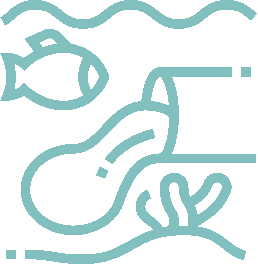

 World Ocean Summit & Expo
2025
World Ocean Summit & Expo
2025 UNOC
UNOC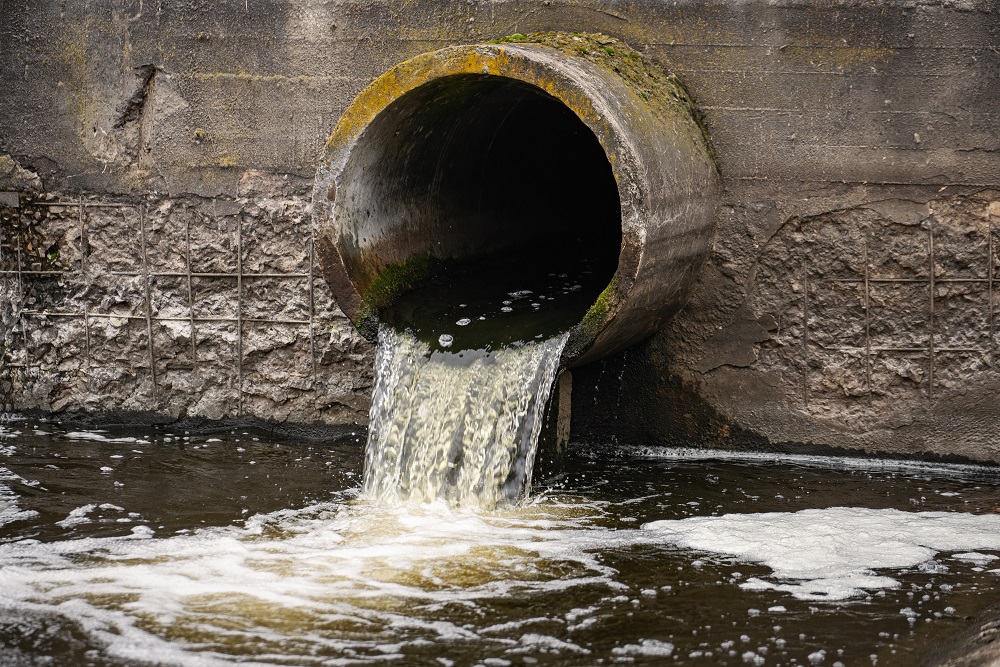 Sewage and wastewater pollution 101
Sewage and wastewater pollution 101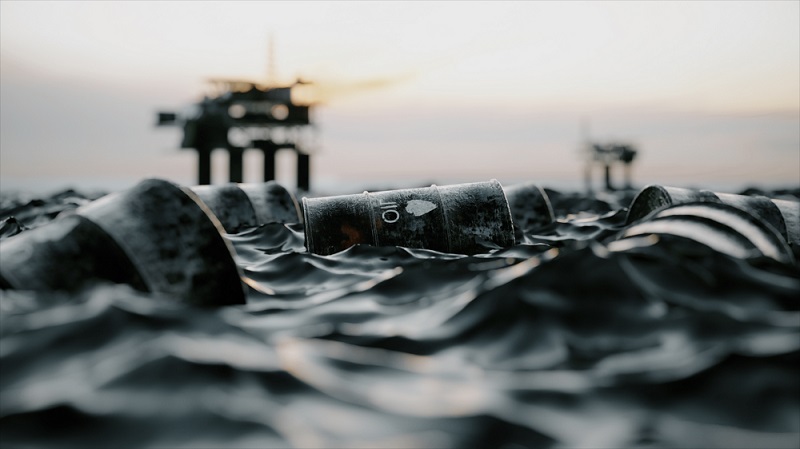 Slowing
the chemical tide: safeguarding human and ocean health amid
chemical pollution
Slowing
the chemical tide: safeguarding human and ocean health amid
chemical pollution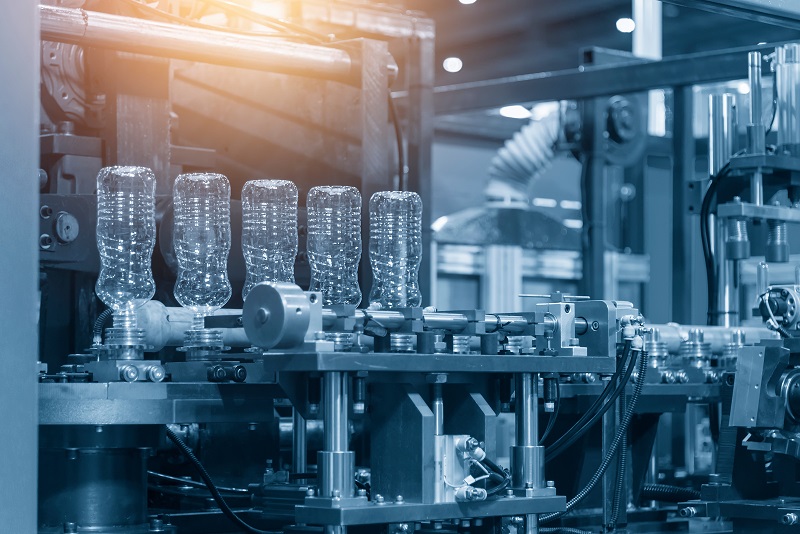 Hazardous chemicals in plastics - the discussions at INC
Hazardous chemicals in plastics - the discussions at INC
